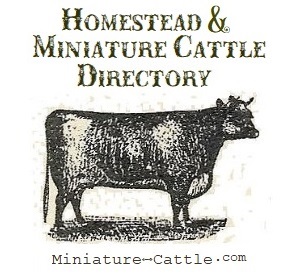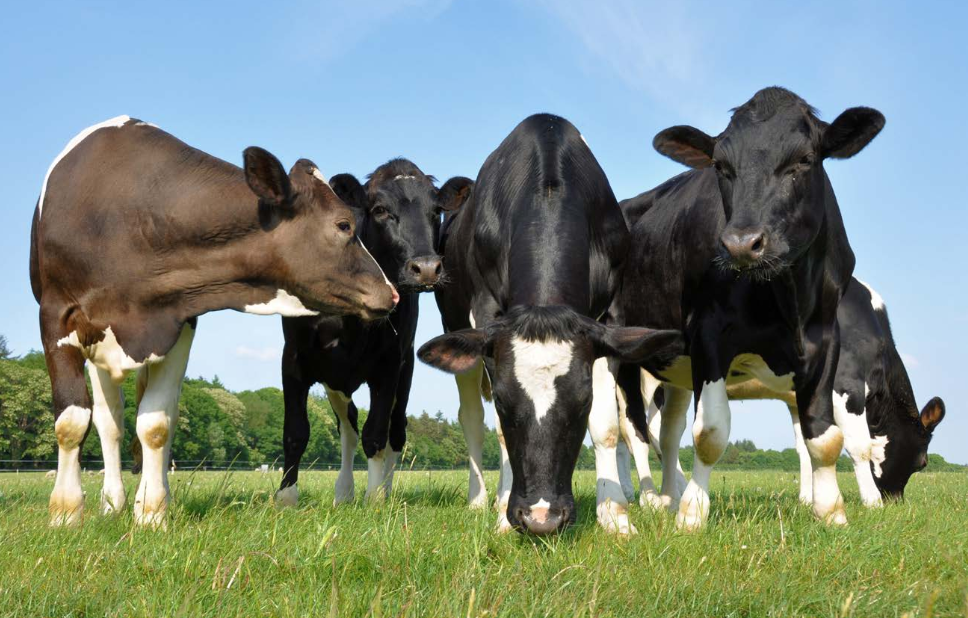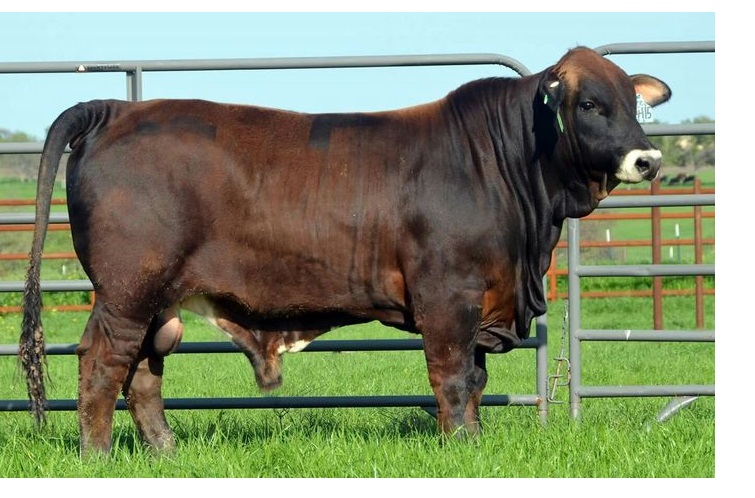» you are here » Genetics of Coat Color (CC) in Cattle page 1 ~ the Basics of Bovine MC1R Black & Red
» see also » Genetics of Coat Color (CC) in Cattle pg 2 ~ the Color Genetics of Galloway (representative of many breeds)
» see also » Genetics of Coat Color (CC) in Cattle pg 3 ~ the unique Dexter Dun
» see also » Genetics of Coat Color (CC) in Cattle pg 4 ~ Lightning spotting
» Related Resource: HomesteadCattle.com/DNA Miniature-Cattle.com/cc4.htm
» Related Resource: HomesteadCattle.com/DNA
» see also » Dwarfism in Miniature Cattle ~ Chondrodysplasia
» see also » Homestead & Miniature Cattle Directory of hereditary diseases ~ general traits, coat color (CC), genetic conditions
» see also » Homestead & Miniature Cattle Directory of infectious diseases ~ herd health testing, management, vaccinations
» see also » Genetic Mutations: 12 interesting facts
» see also »
» Related Resource: UC Davis Veterinary Genetics Laboratory Cattle Tests
» Related Article: “Genetics of Coat Color in Cattle, By Sheila M. Schmutz, Ph.D., University of Saskatchewan, Canada.
» Related Article: “Genetics of Highland Coat Color. By Glen Hastie, Bairnsley Scottish Highland Cattle, Victoria, Australia.
» Related Article: “Color Patterns in Crossbred Beef Cattle,” Megan Rolf, Oklahoma State University
» Related Article: “Red Genetics.” Color Genetics explained in all breeds of cattle - featuring the Redliner (red Lowliner)
» Related Article: “Cattle Colour Genetics” A blog studying spotting and hereford marking genetics, by a rancher in Saskatchewan.
» Related Article: “Coat Colour Genetics in the Tuli Breed” Breeding hot weather tolerant cattle in South Africa
» Related Article: 5-part series: “The genetics of coloration in Texas Longhorn cattle.” There are 8 genetic loci (discussed in this article) that are known to affect color and pattern in Texas Longhorns (Extension, Brindle, Dilution, Dun, Spotting, Color-sided, Roan, and Brockling). The in-depth 5-part article (links below) were published in Texas Longhorn Trails, Volume 16, number 8 (November 2004). ©David M. Hillis, Double Helix Ranch, Professor, University of Texas at Austin:
The Genetics of Coloration in Texas Longhorns: Part 1: The Basic Colors.
The Genetics of Coloration in Texas Longhorns: Part 2: Grulla, Dun, and Other Reduced Pigment Patterns
The Genetics of Coloration in Texas Longhorns: Part 3: The Wild-type Color Variants
The Genetics of Coloration in Texas Longhorns: Part 4: Spotted, Lineback, Color-Sided, and White Park Patterns
The Genetics of Coloration in Texas Longhorns: Part 5: Roan and Brockling Patterns
» Related Article: “White Park Colour Pattern” Research paper presented to the White Galloway conference in Germany in 2014:
» Results from: White Galloway Colour Inheritance Research Seminar, Germany – 8 September 2014, from Suncrest Stud, New Zealand, with photos, studies the White Galloway and British White color pattern... “From post presentation discussions with Professor Swalve, it is apparent that there is no homozygosity with (ideally) Well Marked White Galloways and that there is no colour genetic difference between a White Full Black Galloway and a Standard Black Galloway. This being the case, it should open up the gene pool to both White Galloway and Standard Galloway breeders, Society rules permitting.”
Distribution and Functionality of Copy Number Variation across European Cattle Populations ~ “Copy number variation (CNV), which is characterized by large-scale losses or gains of DNA fragments, contributes significantly to genetic and phenotypic variation. We found significant differences in CNV counts between different cattle populations. Assessing CNV across different European cattle populations might reveal genetic changes responsible for phenotypic differences, which have accumulated throughout the domestication history of cattle as consequences of evolutionary forces that act upon them. The aurochs (Bos primigenius primigenius) is the ancestor of European cattle. Although the wild ancestor no longer exists, many extant European cattle breeds still possess primitive, aurochs-like features. These breeds are often referred to as primitive cattle breeds (Upadhyay et al., 2016). By contrast, commercial cattle breeds, including Holstein-Friesian (HF), Brown Swiss (BS) and Jersey, display derived phenotypic traits such as polledness and early maturity. It is likely that some of these differences in traits between primitive and modern cattle may result from CNV. Systematically assessing CNV contrasting cattle populations from different regions may provide insight into the role of CNVs in population differentiation. “...a CNV overlapping the Kit gene in English longhorn cattle has previously been associated with color-sidedness.”
» Related Resource: Bovine Genome.org The Bovine Genome Database project is to support the efforts of bovine genomics researchers by providing data mining, genome navigation and annotation tools for the bovine reference genome. Based on the Hereford cow, L1 Dominette 01449.
|
![]()
![]()
![]()
![]()



